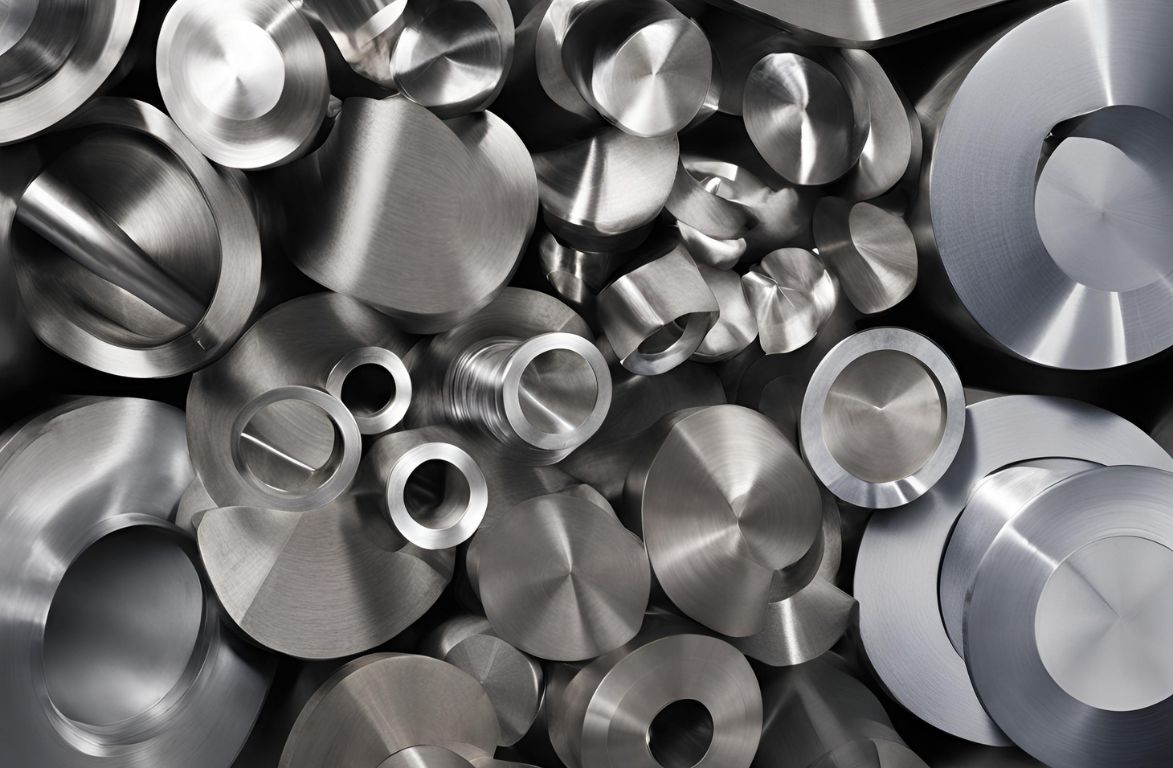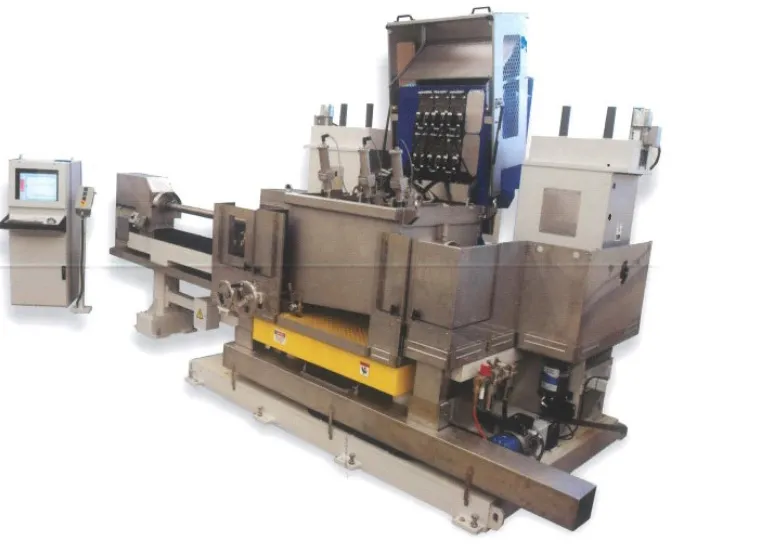To match the demands of the vast growing industries, high-performance materials are needed for the highest efficiency. Ordinary steels and alloys are incapable of that higher performance. That’s where the complex and high-performance alloys come into the scenario. They have a high tolerance to oxidizing environments and high temperatures. Those are named superalloys
These superalloys are mainly classified according to their predominant matrix elements which are nickel, cobalt, or iron. They also contain multiple alloying elements including the refractory metals (Nb, Mo, W, Ta), Chromium, and Titanium. Especially at high temperatures, they exhibit high mechanical strength, creep resistance, and corrosion resistance. For these properties, they become more challenging to produce and costlier than other alloys. But they are very critical for components in the aerospace industries
SOME PROPERTIES OF SUPERALLOYS –
As superalloys are used for high-temperature applications,they need to maintain their shapes at elevated temperatures close to their melting points (above 650ᵒC or 1200ᵒF). At extreme temperatures, being alloyed with certain elements, superalloys can maintain high strength, stability, and corrosion and oxidation resistance.
EXAMPLES OF SUPERALLOYS –
By alloying the matrix element (Ni, Co, or Fe) with various other elements such as Chromium (Cr), Titanium (Ti), Aluminum (Al), and Boron (B), the high-temperature properties of superalloys are produced. In some cases, some refractory metals are also added, such as Molybdenum (Mo), Cobalt (Co), Niobium (Nb), and Zirconium (Zr) amongst others
PROCESSING OF SUPERALLOYS –
Generally, Superalloys are processed by two separate methods which are Casting and Powder Metallurgy.
Investment Casting
Wax models or replicas are used to create a casing for the molten metals and are mainly
used for complex shapes. To improve upon the formerly prevalent cold-rolling
techniques, it was the first method.
Vacuum Induction Melting (VIM)
Using electric currents, raw metallic materials are melted within a vacuum. As the
control over chemical composition is greater in this method, this is also called an
improvement upon investment casting.
Secondary Melting
After the VIM process, an additional melting process is applied to increase the
homogeneity. It reduces problems associated with the initial process.
Conversion
To make the superalloy ingots produced by secondary melting suitable for mechanical
applications, this process is involved. It consists of several stages of thermal deformation.
Direct Solidification
By the presence of a thermal gradient, the alloy is allowed to nucleate on a lowtemperature surface. Greater creep resistance along the grain direction is produced.
Single Crystal Growth
A monocrystalline superalloy component is slowly grown from a seed crystal.
Powder Metallurgy (P/M)
For producing alloys used in critical fatigue applications a group of processes is
completed. Superalloys are formed from a mixture of metal powders. Chemical pressures
are applied to bond these metal powders into parts.
Powder Metallurgy (P/M)
For producing alloys used in critical fatigue applications a group of processes is
completed. Superalloys are formed from a mixture of metal powders. Chemical pressures
are applied to bond these metal powders into parts.
Applications of Superalloys
Superalloy applications mainly consist of aircraft components, petrochemical equipments,
automobile equipments, chemical plant, and power plant equipments.
Future Trends of Superalloys
The future scopes in this field include decreasing the high cost of producing unique and complex
parts, and the synthesis of nanoparticles.




